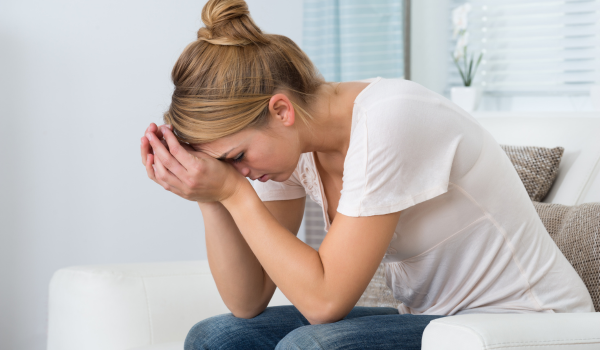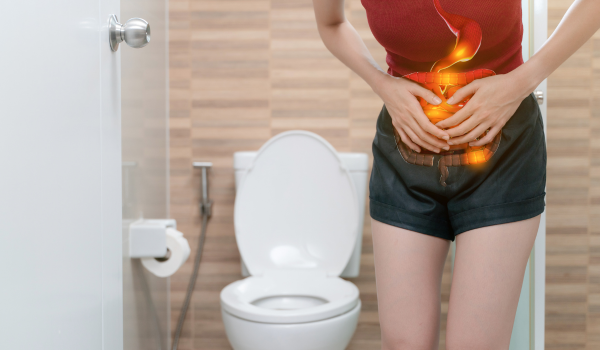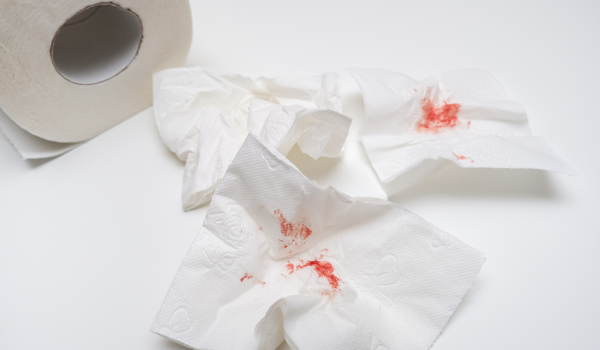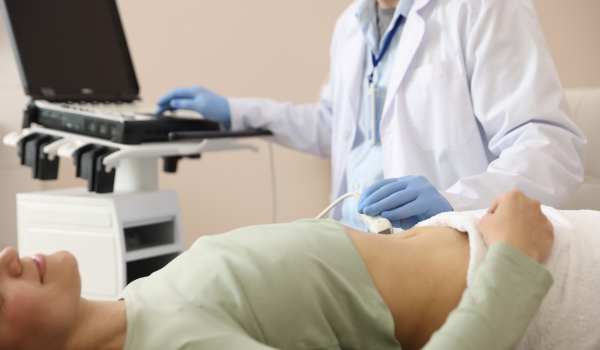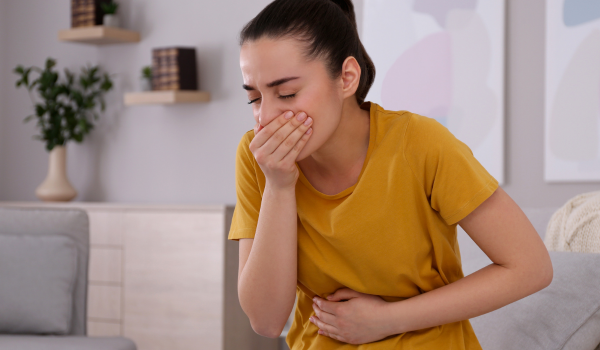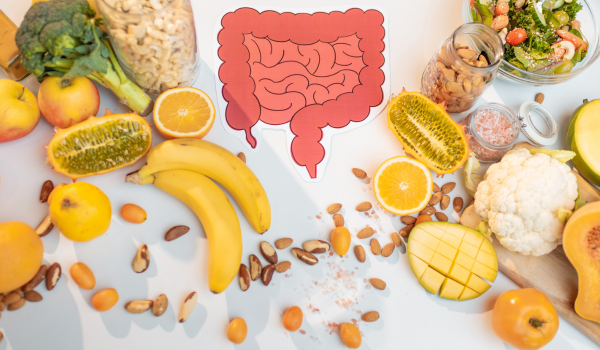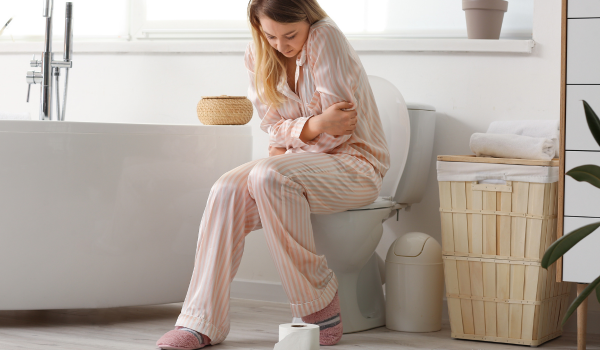
After your body absorbs nutrients from food, undigested material travels through the digestive system and forms stool in the colon. Passing stool through the rectum and anus is called a bowel movement, or simply pooping.
Many people overlook the importance of posture while pooping, but your position can affect constipation, hemorrhoids, and digestive health. Adjusting your posture may help stool pass more easily and relieve discomfort.
What Positions Help You Poop?
In Western countries, most people sit upright on the toilet with feet flat on the floor. This “Western-style” posture can increase straining, constipation, and the risk of hemorrhoids. Research even links upright toilet use to diverticulosis, small bulges in the intestinal walls.
In contrast, squatting—common in the Middle East and Africa—offers several benefits:
-
Reduces pressure on internal organs
-
Relaxes rectal muscles
-
Straightens the anorectal angle, making stool exit easier
You don’t need a traditional squat toilet to benefit from this posture. Using a toilet stool or defecation posture modification device (DPMD) can simulate squatting. Placing your feet on the stool while sitting on the toilet flexes your knees, lifts your legs, and spreads them apart, easing bowel movements. Studies show using a DPMD can help empty the bowels faster, more completely, and comfortably.
Other tips for proper pooping posture include:
-
Lean forward: Rest elbows and forearms on your thighs to improve ease of stool passage.
-
Flex your hips: Sitting with hips flexed at 60 degrees or more reduces abdominal strain.
-
Relax your body: Keep your stomach and rectum relaxed to facilitate stool movement.
Avoid spending more than 10 minutes on the toilet, as prolonged sitting can increase hemorrhoid risk. If you can’t poop, try again later rather than straining.
Signs of Constipation
Constipation is defined by difficulty passing stool or fewer than three bowel movements per week. Common symptoms include:
-
Hard, lumpy, or dry stool
-
Pain while pooping
-
Feeling of incomplete evacuation
-
Fewer than three bowel movements weekly
Common causes of constipation include dehydration, low fiber intake, certain medications, irritable bowel syndrome, hormonal changes, pregnancy, diabetes, intestinal obstructions, and dietary changes.
How Can You Make Pooping Easier?
Beyond posture, lifestyle changes can improve bowel movements:
-
Hydration: Drink enough water daily.
-
Fiber intake: Eat leafy greens, fruits, legumes, whole grains, or use a fiber supplement.
-
Routine: Go to the bathroom at the same time each day and don’t hold in bowel movements.
-
Timing: Try pooping 15–45 minutes after breakfast or lunch.
-
Exercise: Stay physically active.
-
Other aids: Coffee, magnesium supplements, and OTC stool softeners or laxatives may help when needed.
When to Contact a Healthcare Provider
See a doctor if constipation persists despite lifestyle changes or if you experience:
-
Severe abdominal pain
-
Nausea or vomiting
-
Bloody stool or rectal bleeding
-
Chronic bloating
-
Mucus or pus with stool
-
Unexplained weight loss, fatigue, or fever
Discuss medication alternatives or prescription laxatives with your healthcare provider if necessary.
A Quick Review
Proper pooping posture can make bowel movements easier. Use a toilet stool to lift and spread your legs, lean forward, flex your hips, and relax your stomach. For constipation, increase fiber and hydration. If symptoms persist or severe signs appear, consult a healthcare provider for evaluation and treatment.
